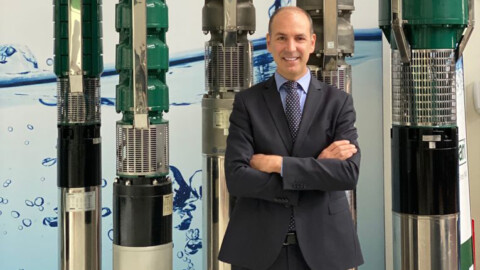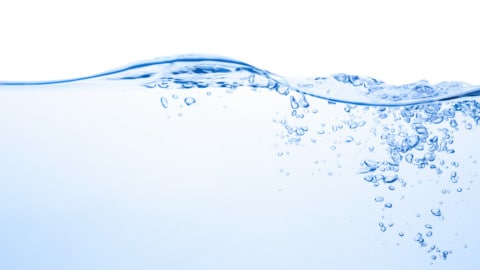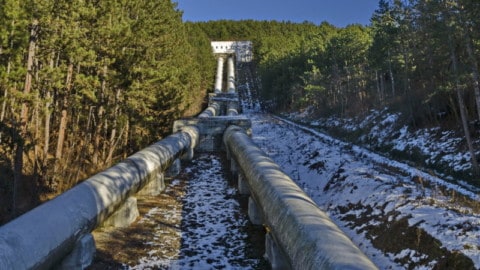After three months of water production, Yalata’s new state-of-the-art desalination plant is consistently reducing its power consumption by around 400 per cent compared to its predecessor, partly due to more efficient pumps.
A combination of more efficient pumps, economies of scale and scheduling production for times of peak solar radiance, has seen energy consumption fall from an average of 10,000kW hours per quarter prior to the upgrade to just over 2,000 kilowatt hours.
Located in South Australia’s Far West Coast, the new facility delivered more than five million litres of water to local residents and businesses in the Aboriginal community during its first three months of operation.
SA Water’s Senior Manager of Water Expertise and Research, Dr Daniel Hoefel, said the Yalata plant’s solar generation capacity has made it largely energy self-sufficient.
“Through clever design and construction, we’ve increased the plant’s capacity to secure a reliable water supply for our customers, while also reducing our environmental footprint,” Dr Hoefel said.
“Our new plant – which is capable of producing 180,000L of water per day – is predominantly powered by a 40kW solar array with backup storage, and with increased throughput we’re able to produce enough water while the sun is shining to meet customer demand during the day and store water for supply overnight,” Dr Hoefel said.
In its first quarter of operation, the new desalination facility has used a fraction of the energy required to power the old plant.
“The old plant’s energy consumption got as high as 22,000kW hours per quarter last year, so it’s fantastic to see the new plant harnessing more clean energy to reduce greenhouse gas emissions and operational costs,” Dr Hoefel said.
“With our extensive water and wastewater operations across South Australia making us one of the state’s largest electricity consumers, we want to set an example as proactive environmental leaders by investing in sustainable infrastructure projects to help combat our changing climate.
“Importantly, upgrading our plant in Yalata ensures safe, clean drinking water into the future to support the health and wellbeing of the local Aboriginal community.”
Yalata’s new desalination plant utilises reverse osmosis technology to remove the naturally-occurring impurities like high levels of salinity, common within inland groundwater sources.














